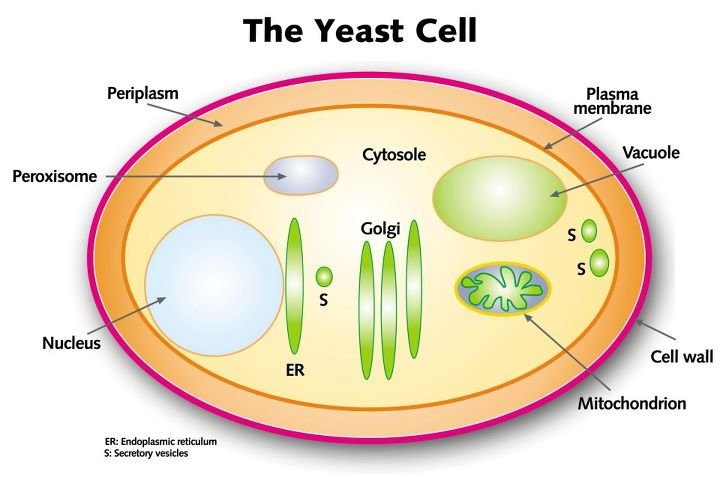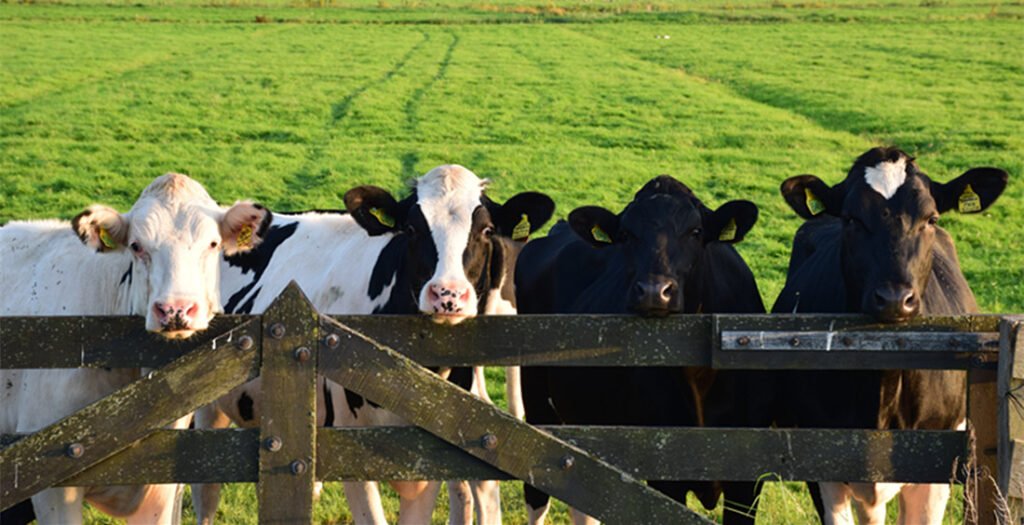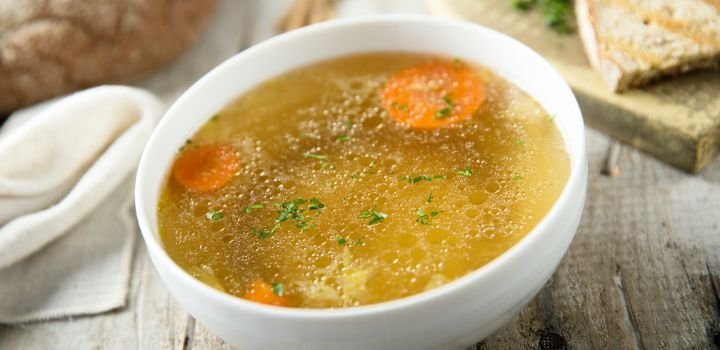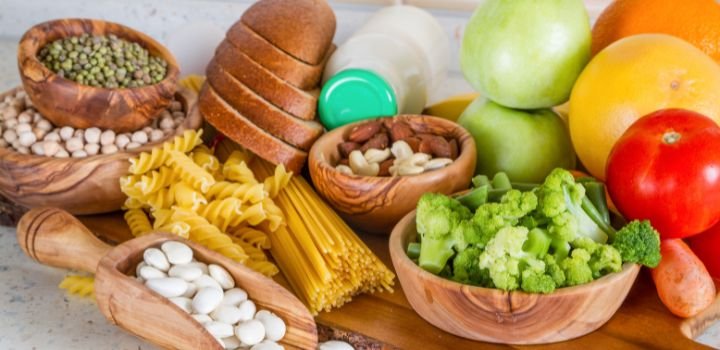In recent years, the abuse of antibiotics has aroused great concern about food safety and environmental harm. It is urgent to find a safe and effective substitute.
Polysaccharides based on the yeast cell wall are green, safe, and efficient immune enhancer products, which is considered one of the principal means to replace antibiotics and has aroused great interest.
It is believed that yeast cell walls can stimulate immune function, maintain micro ecological balance, enhance animal immunity and improve animal health. It has been proved that it works when adding in the feed additive in different animals.
The application of yeast cell walls in livestock, poultry, aquatic products, and other animals has been quite mature and stable.
With the development of the dairy industry, dairy farmers pay more and more attention to cow disease, dairy quality, and production performance. Farm managers have been looking for a good solution. Under this opportunity, farm customers have gradually accepted yeast cell walls. Many farms have used yeast cell wall polysaccharides as a necessary means for the nutrition regulation of dairy cows.
The composition of yeast cell wall
Yeast cell walls, commonly referred to as MOS, are widely used by the animal feed industry to improve animal health and performance. People add them to animal feed because of their protein content (20-30%).
The yeast cell wall is rich in 2 functional polysaccharides: mannan oligosaccharides (MOS) and ß-glucans.
However, with the expanding body of evidence about their health benefits, they are increasingly being applied as natural antibiotic replacers.

How is yeast cell wall produced?
그만큼 효모 세포벽 is obtained through autolysis, added enzyme hydrolysis, after mechanical crushing, and finally concentrated and dried into powder form. The finished product is yellowish to yellowish-brown powder without a peculiar smell.
What are the benefits of the yeast cell wall?
Improve immunity in ruminant
Nuwman (1993) reported that adding yeast cell walls to cattle and sheep diets can enhance disease resistance and prevent diarrhea in calves and lambs.
The applied study on calves found that after feeding cows with 2 grams of yeast cell wall per day for 5 weeks, the number of E. coli in feces decreased significantly, and respiratory diseases decreased from 9.9% to 3%.
In an experiment, adding yeast beta-glucan to a calf diet could increase daily calf gain and improve feed conversion rate.
The addition of 75 mg/kg yeast glucan could reduce the frequency of diarrhea and enhance the humoral immune function of calves. The immune function increased linearly with the increase of yeast glucan.
Regulate the rumen microbial balance
Mannan-oligosaccharide is an excellent probiotic. Rumen microorganisms can use Mannan-oligosaccharide as a carbon source to grow and increase rapidly.
Mannan oligosaccharides in the yeast cell wall are similar to the receptors of many pathogens on the animal intestinal wall. They can bind with pathogenic bacteria, preempt binding sites, adsorb and eliminate intestinal pathogens.
An experiment showed that adding yeast cell walls to the diet of dairy cows could effectively improve the morphology of gastrointestinal mucosa of calves and significantly reduce the number of Escherichia coli in the intestinal tract of calves and increase the number of lactobacillus in the rectum of calves substantially.
It plays a role in regulating the balance of rumen microorganisms.

Improve lactation performance, improve milk quality
The yeast cell wall is also an organic mycotoxin adsorbent, and it is the main component of many toxin adsorbent products. Yeast glucan has a helical molecular structure.
MOS and β-glucans have different modes of action underlying their health benefits. MOS binds gut pathogens, thereby limiting their colonization of the intestinal tract. In contrast, β-glucan is a modulator of the innate immune response, activating phagocytic cells subsequently increasing their ability to fight pathogens. Moreover, yeast β-glucans bind mycotoxins.
It is precisely because the yeast cell wall can improve the disease resistance of dairy cows, promote the proliferation of rumen microorganisms, and at the same time have the function of adsorbing mycotoxin pathogens. It is widely used in ruminants. A recent test report: adding yeast cell walls to the dairy cow’s diet at an amount of 50g per head per day, 55 days of the test, the milk production level was increased by an average of 14.85% control group. The milk protein level of dairy cows can be increased from 3.1% to 3.2-3.3% in the control group, and the average milk fat rate also tends to increase.
How is yeast cell wall used in animal feed?
The main results are as follows:
1.효모 세포벽 polysaccharides are widely used in breeding aquatic animals such as fish, shrimp, crab, shellfish, sea cucumber, abalone, soft-shelled turtle, and so on.
a. Breeding: Soaking in seawater and then added to the bait and fed.
When raising sea cucumber, scallop, and other seafood in the factory, 1.0-1.5g per cubic meter of water was added, and the dosage was increased to 100g-200g in live transportation.
b. Adult culture: evenly mixed with fish and shrimp and other feed.
The amount of routine addition is 0.1%, the dosage of stress state is 0.15mi 0.25%, and the dosage of disease treatment is 0.3%.
2. Added to livestock and poultry feed.
Mix evenly in the feed, adding 2 kg per ton for piglets, 1-1.5 kg per ton for sows, and 1-2 kg per ton for broilers.







